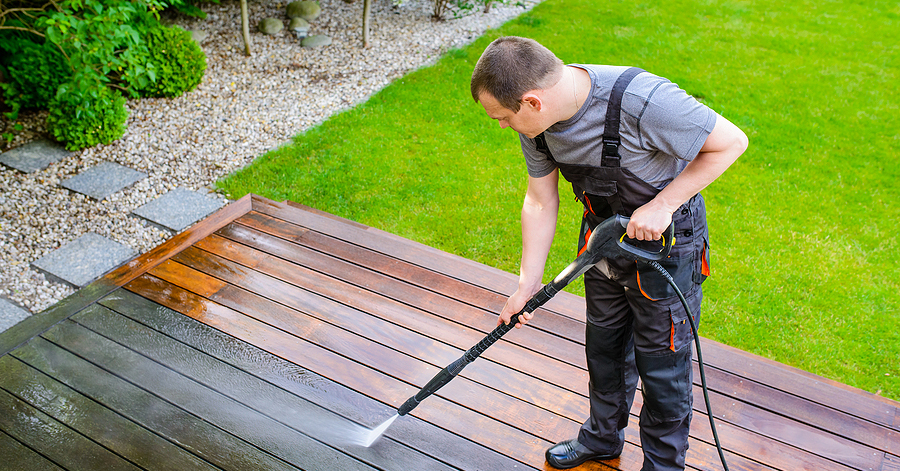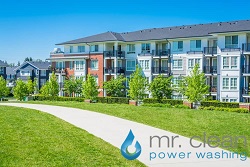The Essential Guide to Pressure Washing
Pressure washing is often viewed as the most effective way to clean or remove mildew or dirt from surfaces of a building, deck, patio, or sidewalk. Depending on the surface and material, pressure washing can damage other areas on your property or even paint your house. Additionally, pressure washing can cause damage to the siding which can lead to costly repairs in the future. Luckily, there are many ways you can clean your driveway and sidewalks without causing additional damage or having a negative environmental impact. I'll be covering some of these methods in this guide.
Check the Weather
If you live in an area that's prone to storms or extreme weather conditions, make sure you check the forecast before pressure washing your home. If there's a chance that rain could dampen your project, wait until a better day to wash. Pressure washers do an excellent job of removing dirt and grime on dry surfaces, but they can also cause damage if used in wet conditions.
Why pressure washing is so useful
Pressure washing is a great tool for outdoor cleaning because it allows you to remove tough stains from concrete, stone, and brick surfaces. It's also beneficial for cleaning driveways, patios and other areas that have been neglected for months or even years.
The process isn't difficult — all you have to do is point the nozzle at the surface you want to clean and pull the trigger on the wand. The pressure washer uses water at high pressure to remove stains from surfaces like concrete and brick, which makes it easy to keep your home looking clean year-round.
What to do before pressure washing
Before using a pressure washer, it is important to check the condition of the surface that needs cleaning. If it's made of concrete or asphalt, there is no need to do anything else but turn on the machine and start washing away grime and dirt. However, if you are cleaning wood or metal surfaces, there is some prep work involved before using a pressure washer.
Deep-cleaning process
Shoot for the right pressure. If you're using a gas-powered unit, start with low pressure and work your way up until you find the right setting for the job. Low pressure will remove mildew and rust stains without damaging delicate surfaces like wood siding or trim boards. High pressure can damage wood siding if used improperly; however, it's great for removing tough stains from concrete driveways and sidewalks. If you have an electric unit without adjustable settings, you'll have to play around with different levels until you find one that works best for your project.
Takeaway: Pressure washing is a harsh, powerful cleaning method that should only be used when necessary. Graffiti, paint, or oil stains may need to be removed by a skilled pressure washer, but it's important to consider the repercussions of damaging your home with this method. Remember: you can clean both concrete and wood surfaces with pressure washing, but if you're unsure about how to approach your project, you may want to consult a professional for advice. In the meantime, following these steps should help you achieve the best results from your pressure-washing efforts.
Are You Looking for a Pressure washing company in Baltimore, MD?
Are you looking for a soft washing company in Baltimore, MD? If you are then you came to the right place. We are one of the best companies you could get in touch with if pressure cleaning is something that needs your attention. Our professional staff will provide you with the quality service that you need in your home.
Mr. Clean Power Washing, LLC
Baltimore, MD
(443) 961-1978




Comments
Post a Comment